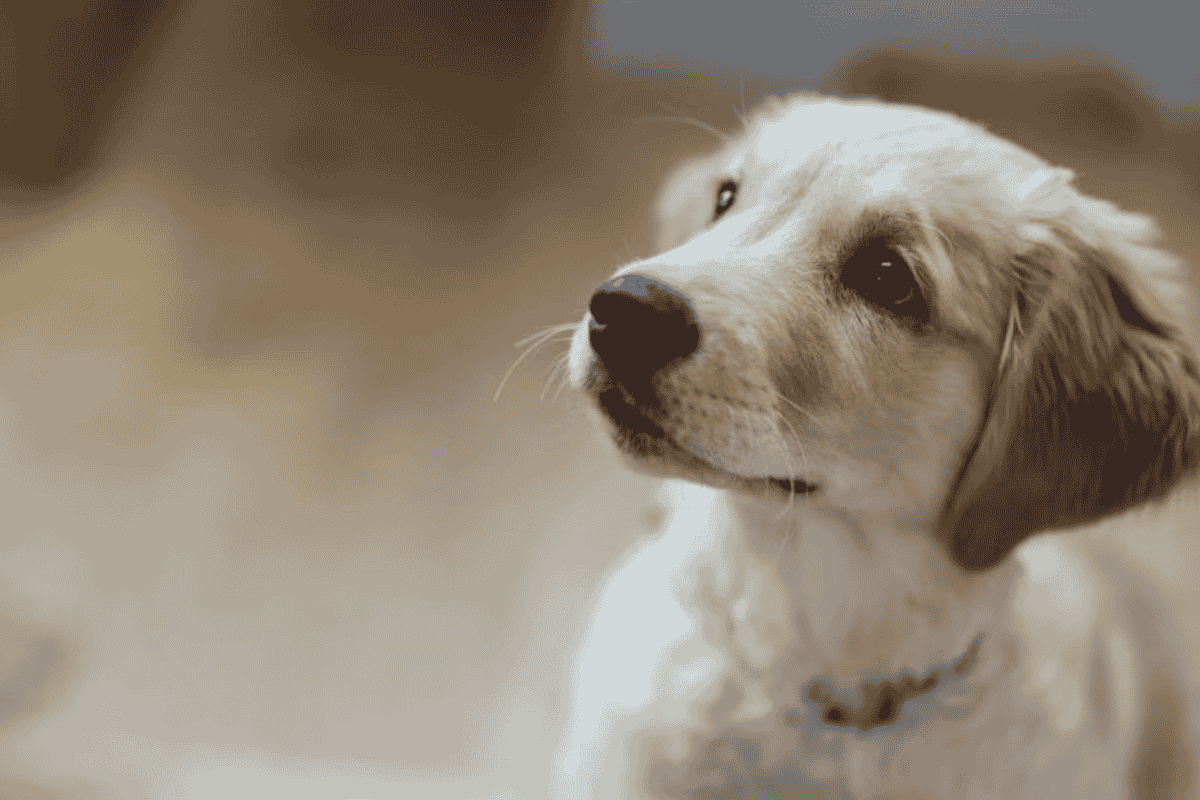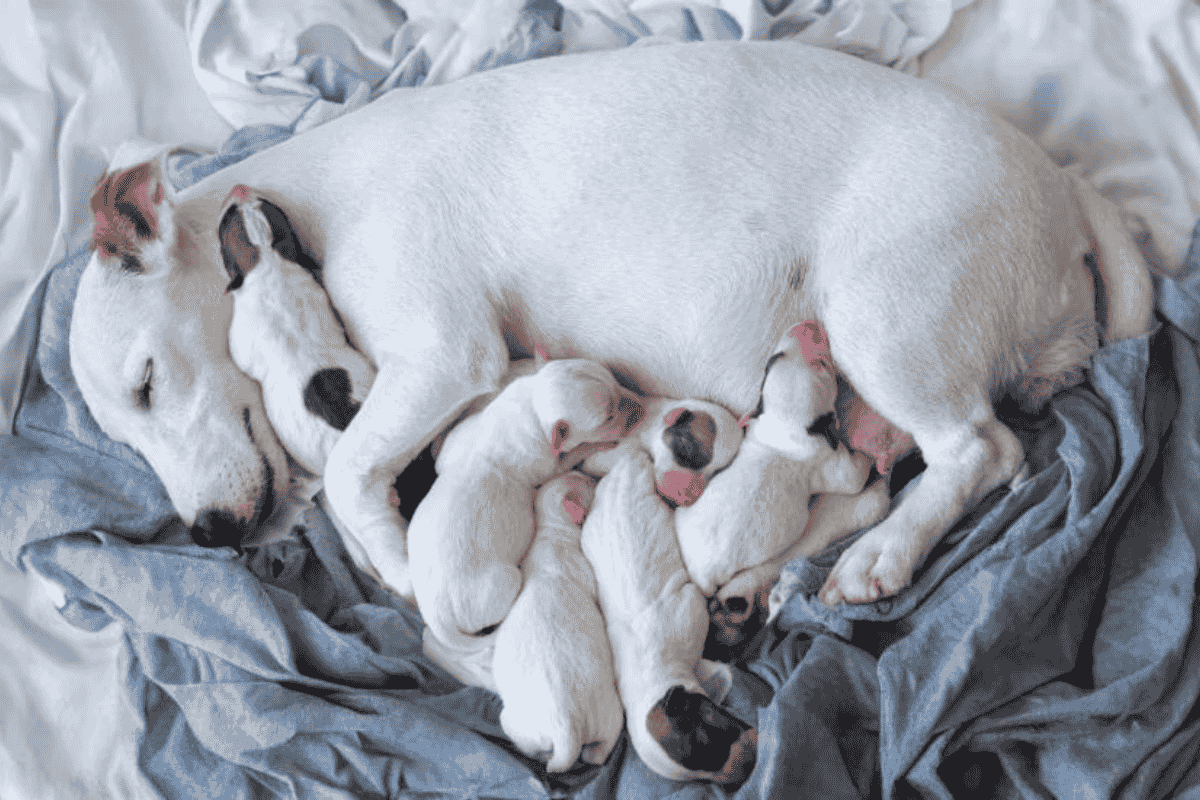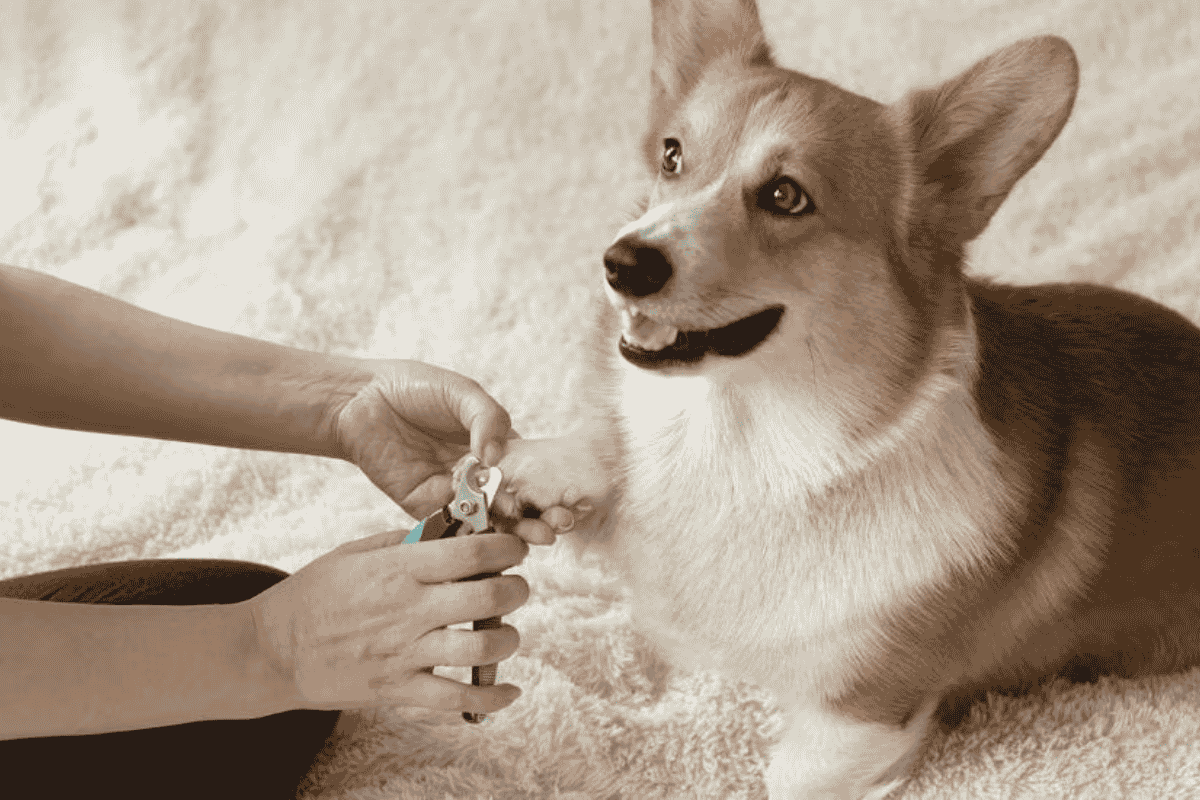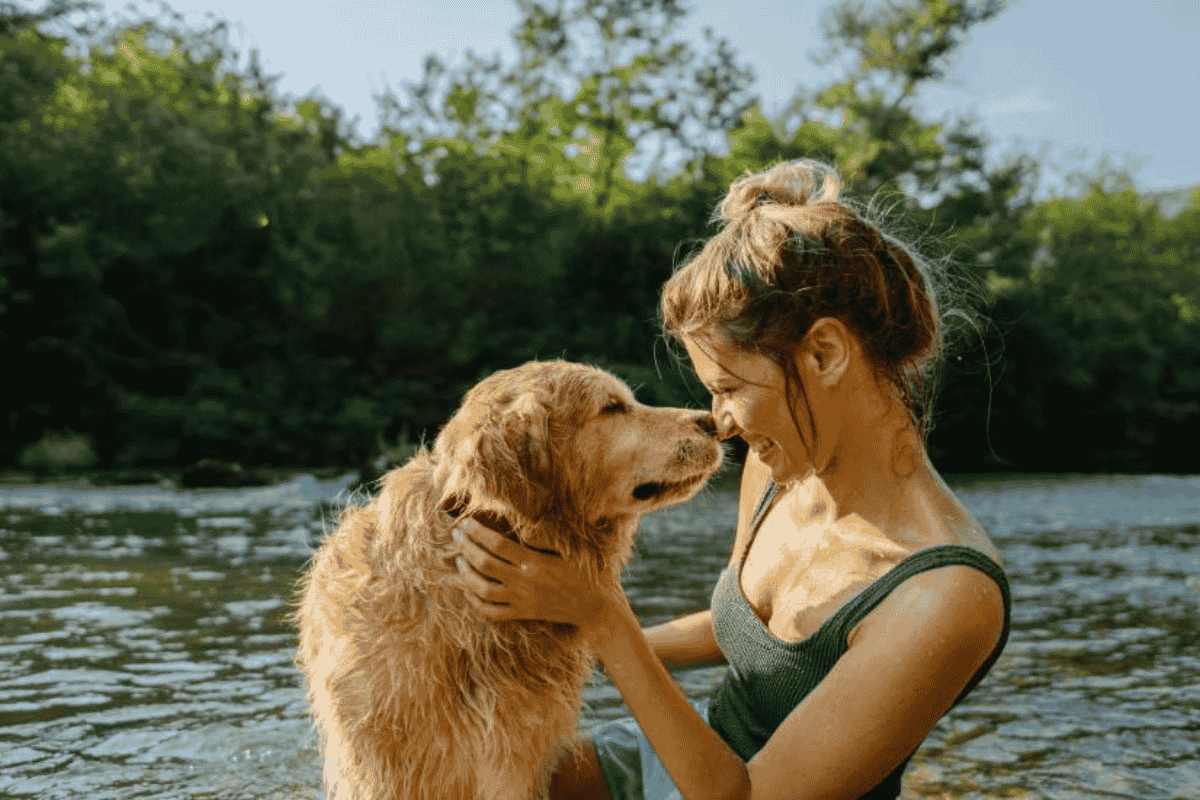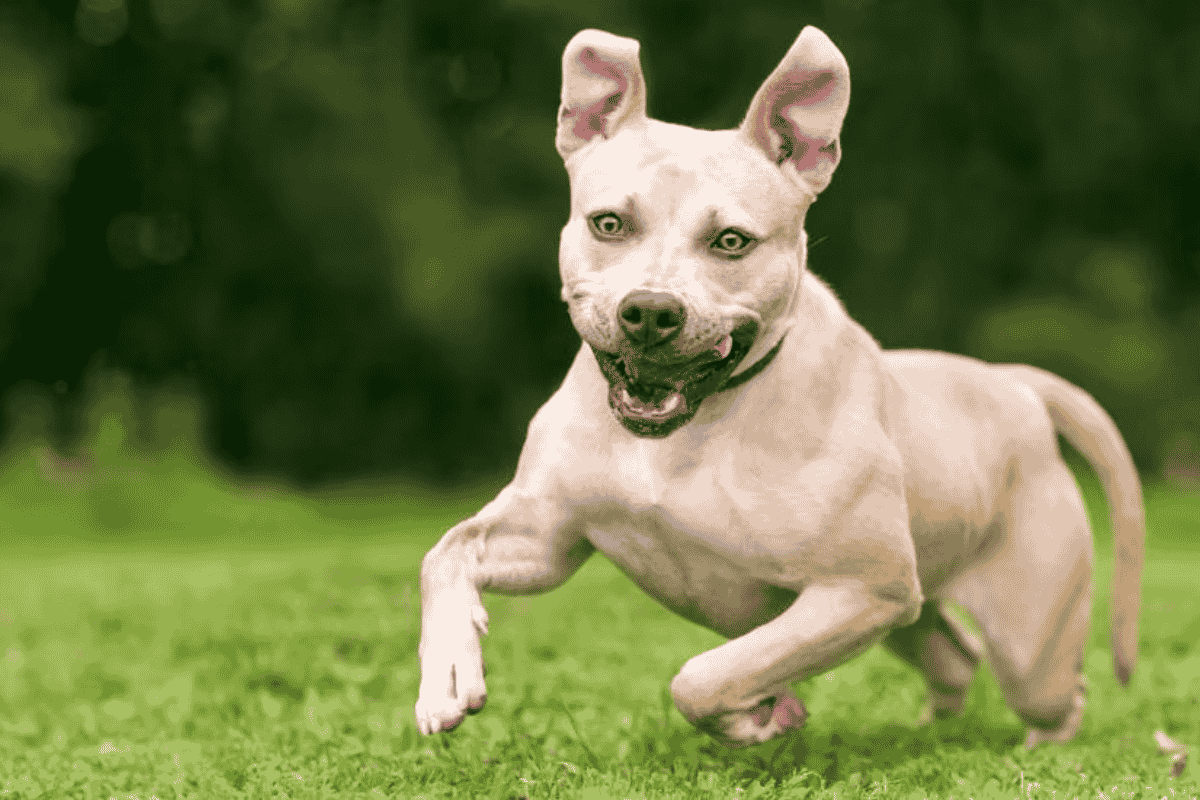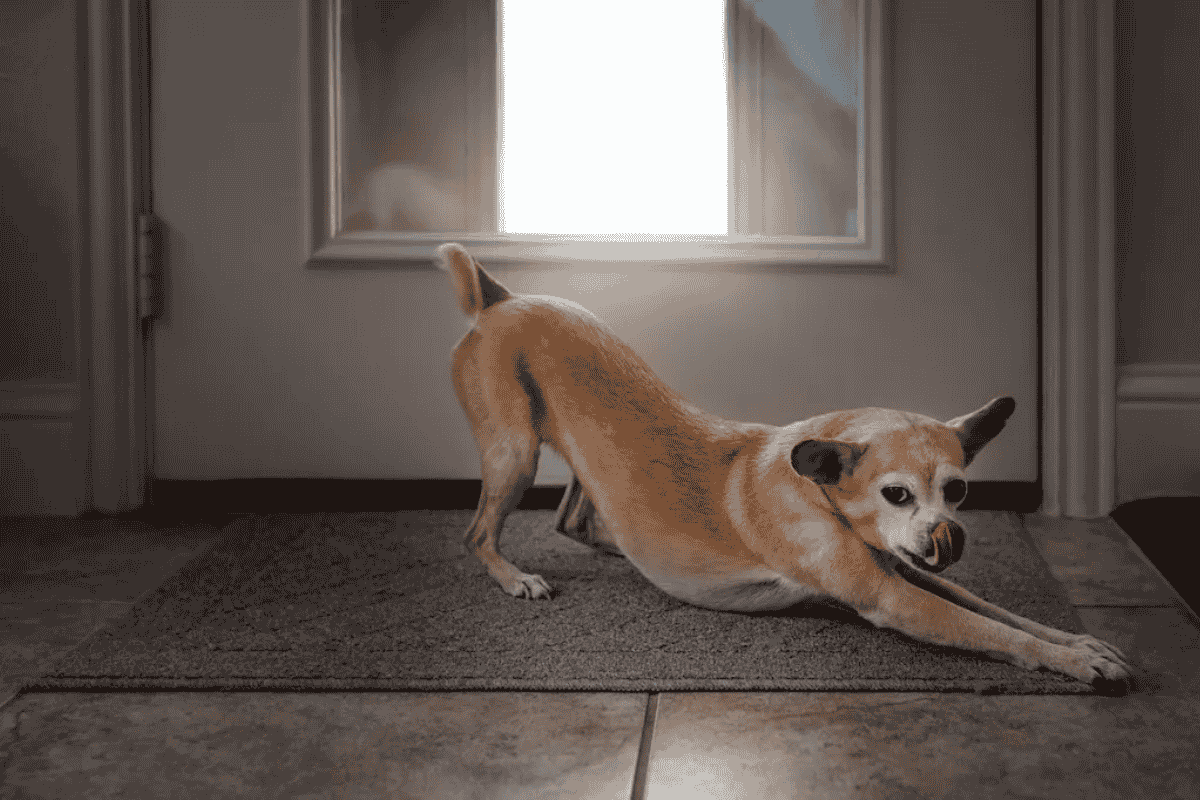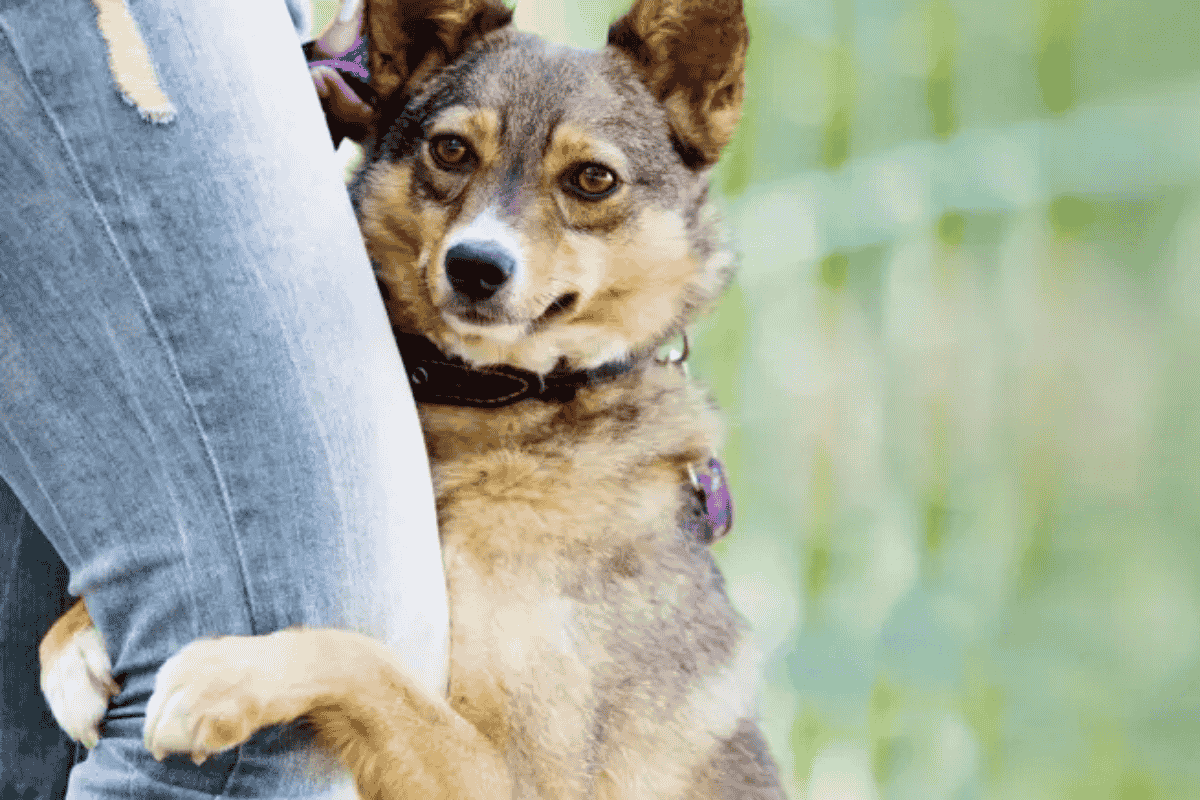Training begins the moment your puppy comes home—usually around 8 weeks old. Even at this early age, puppies can start learning simple cues like sit, stay, and come.
While training should continue throughout your dog’s life, the best window for learning occurs between 6 to 16 weeks of age. During this time, puppies absorb new information quickly and form lasting habits.
Puppy Training Tips
1. Use Positive Reinforcement
The only scientifically supported and humane training method is positive reinforcement—rewarding the behaviors you want to encourage. Rewards can be treats, toys, or praise like “Good job!” Avoid punishment-based methods, as they can lead to fear and anxiety later in life.
Find out what motivates your puppy:
- Food-motivated puppies: Use small treats or kibble.
- Toy-driven puppies: Reward with a favorite toy.
- Affection-motivated puppies: Use gentle petting and praise.
2. Keep Training Sessions Short
Since puppies have short attention spans, limit training sessions to 5 minutes each, with a total of about 15 minutes per day. Always end on a positive note so your pup looks forward to the next session.
3. Be Consistent
Use the same words and hand signals for each cue. Reinforce good behaviors consistently—even when it’s inconvenient. For example, if your puppy signals to go outside, pause what you’re doing and reward them afterward.
4. Practice in Different Environments
Gradually expose your puppy to new settings—like the backyard, park, or beach—to teach them to obey commands despite distractions.
Avoid areas with unfamiliar dogs until vaccinations are complete, and consult your vet for safe socialization practices.
5. Be Patient
Puppies are learning constantly and will make mistakes. Stay calm and consistent, and remember that every dog learns at their own pace. Establishing a predictable routine helps your puppy feel secure and ready to learn.
How to Train a Puppy
Potty Training
Start potty training between 8–12 weeks of age. Take your puppy outside frequently, especially after meals or naps.
- Keep them on a leash.
- Stand quietly in one spot for about 5 minutes.
- Praise and reward them immediately when they go.
Consistency and supervision are key for success.
Crate Training
A crate gives your puppy a safe space and helps with potty training and separation anxiety.
- Choose a properly sized crate that allows your puppy to stand, turn, and lie down comfortably.
- Introduce it gradually by leaving the door open and allowing your puppy to explore.
- Practice closing the door for short periods, then slowly increase the duration.
- Always make crate time positive—never use it as punishment.
Basic Cues (Sit, Stay, Come)
Teaching cues is both fun and essential for safety.
- Sit: Hold a treat above your puppy’s head. As they sit, say “Sit” and reward them.
- Stay: Ask your puppy to sit, hold your hand out (palm facing them), say “Stay,” then reward for waiting.
- Come: Use a cheerful tone, say “Come,” and reward them for returning to you.
Use positive reinforcement every time to build trust and responsiveness.
Leash Training
Introduce the leash indoors first. Attach it to your puppy’s harness and let them walk around freely to get used to it.
- Take short walks around a quiet room.
- Reward them for staying near you or stopping when you stop.
- Gradually move outside to a controlled environment, then increase exposure.
A leash-trained puppy is confident and safe to explore the world with you.
Socialization
Early socialization builds a confident, well-adjusted adult dog. Begin once your puppy is weaned and has started vaccinations.
- Let them explore safe indoor spaces under supervision.
- Handle their paws, ears, and tail gently to get them used to touch.
- Introduce them to new sights, sounds, and surfaces.
- Once safe, expose them to children, other dogs, and new environments.
Common socialization environments include:
- Dog parks
- Beaches
- Trails and hiking areas
- Elevators and car rides
- Busy sidewalks or group gatherings
Gradual exposure helps your puppy learn to stay calm and confident in any setting.
FAQs
How long does it take to train a puppy?
Training is lifelong. Most puppies reliably follow cues by 5–6 months, but ongoing practice keeps them mentally sharp and well-behaved throughout life.
When should I start puppy training classes?
Classes can begin around 8 weeks for socialization and 12–16 weeks for structured lessons. Programs usually last 4–6 weeks and emphasize positive reinforcement.
What’s the first thing to teach a puppy?
Start with the cue “watch”—teaching your puppy to make eye contact when you say their name or give a cue. Once you have their attention, other commands like “sit” and “stay” become much easier to teach.
